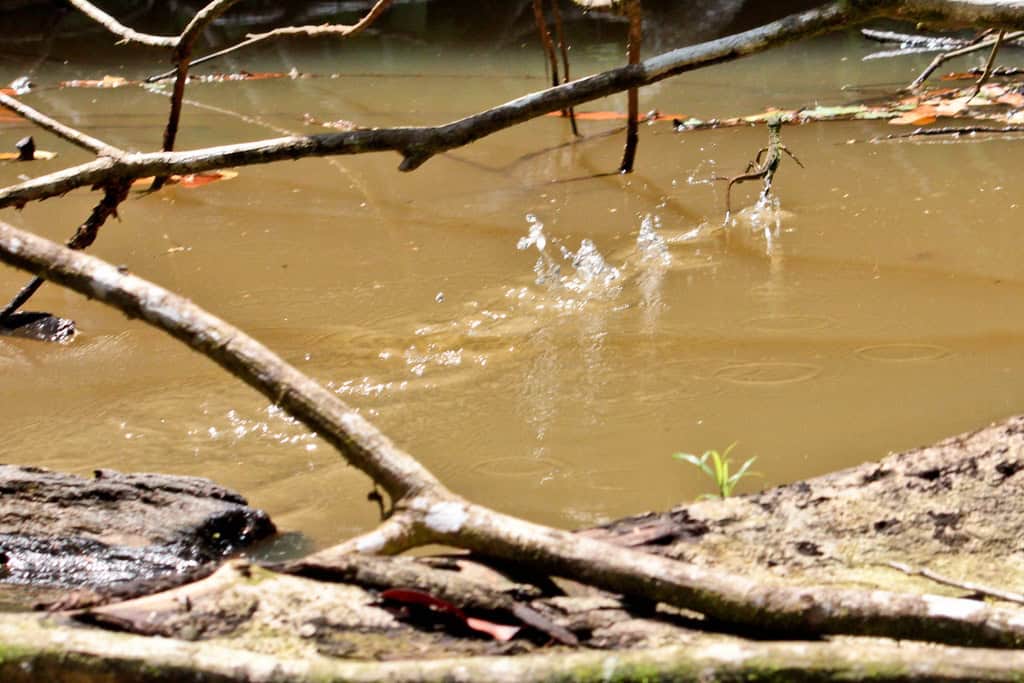In the animal kingdom, there are creatures that can fly, burrow, climb, and some that can even walk on water. Among these remarkable animals is a reptile known for its astonishing ability to sprint across water surfaces – the basilisk lizard. Often called the “Jesus Christ lizard” for its water-walking ability, this reptile showcases one of nature’s most impressive feats of biomechanics and adaptation. This article explores the fascinating world of the basilisk lizard, explaining how it achieves its water-running ability, the science behind this remarkable adaptation, and why this skill has made it one of the most intriguing reptiles on our planet.
Meet the Basilisk Lizard: Nature’s Water Runner
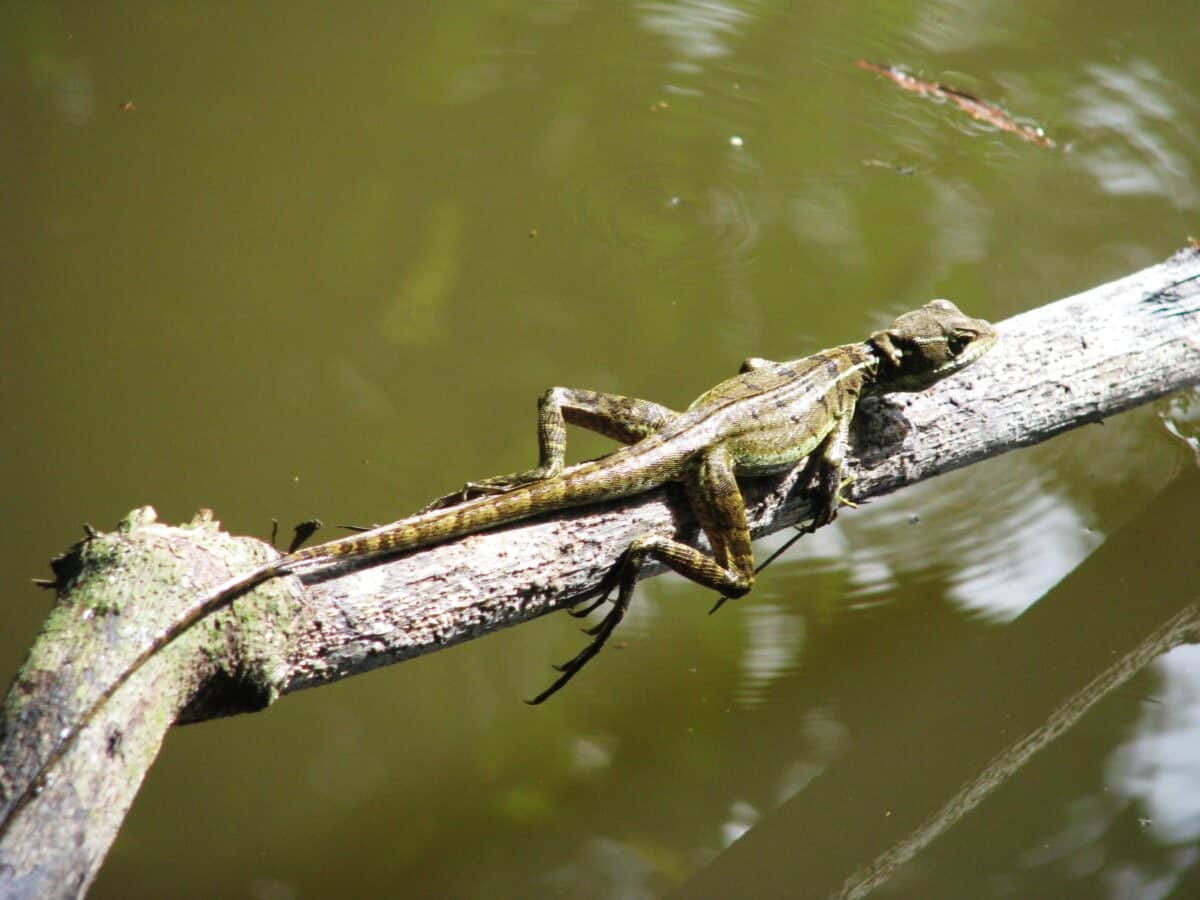
The basilisk lizard (genus Basiliscus) is native to the tropical rainforests of Central and South America. There are four species in the genus: the common basilisk (Basiliscus basiliscus), the green basilisk (Basiliscus plumifrons), the red-headed basilisk (Basiliscus galeritus), and the brown basilisk (Basiliscus vittatus). All four species possess the remarkable ability to run on water, though the green basilisk is often considered the most accomplished water runner.
These lizards are medium-sized, ranging from 24 to 30 inches (60-75 cm) in total length including their long tail, which makes up about 70% of their total length. Males are typically larger than females and sport distinctive crests on their heads, backs, and tails, which they use for display and species recognition.
The Incredible Mechanics of Water Running

The basilisk’s water-running ability is a masterpiece of evolutionary adaptation. When faced with danger, these lizards can rear up on their hind legs and sprint across water surfaces at an astonishing speed of up to 5 feet (1.5 meters) per second. This makes them the fastest water-running reptiles on Earth. The physics behind this feat involves a combination of speed, specialized foot structure, and precise movements.
As the basilisk runs, it slaps its large hind feet against the water surface, creating a pocket of air that temporarily prevents the foot from sinking. Before the air pocket collapses, the lizard quickly lifts its foot for the next stride. This rapid succession of movements allows the basilisk to stay above water long enough to cross considerable distances – sometimes up to 15 meters (49 feet) before they either reach land or gradually sink and switch to swimming.
Specialized Anatomy for Water Running
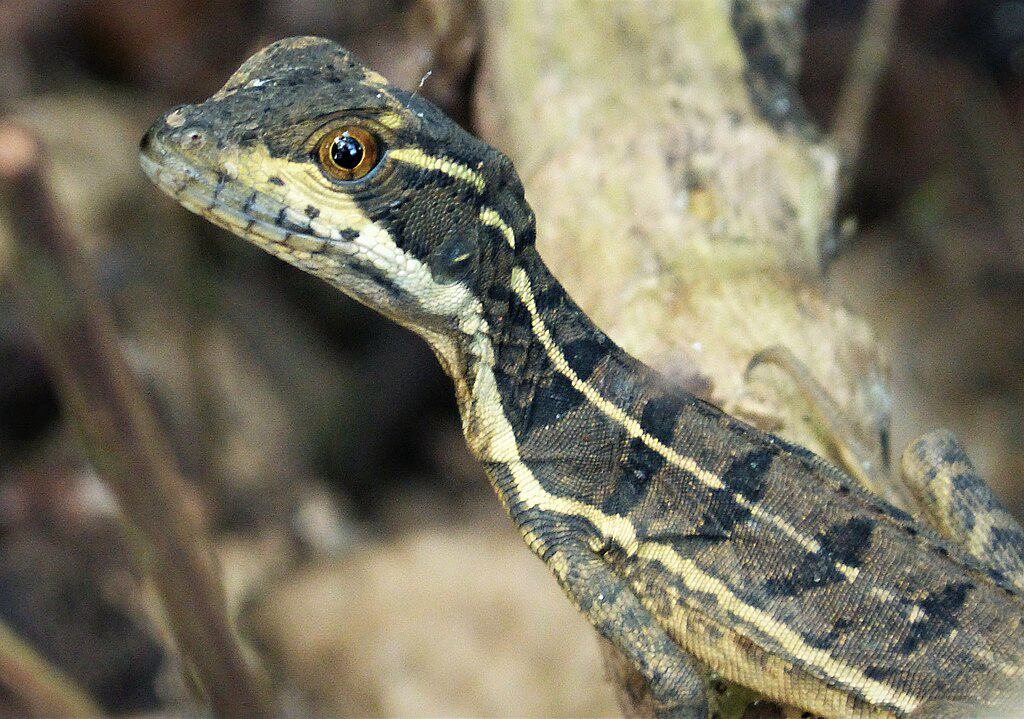
The basilisk lizard’s ability to run on water is largely thanks to its specialized anatomical features. Their hind feet are particularly adapted for this purpose, featuring long toes with fringes of skin that unfold when they hit the water. These skin fringes effectively increase the surface area of each foot, distributing the lizard’s weight over a larger area and preventing immediate sinking.
Additionally, basilisks have powerful hind leg muscles that generate the force needed for each stride. Their lightweight body (typically weighing between 200-500 grams) also contributes to their water-running success. The ratio of foot surface area to body weight is critical – juvenile basilisks, being lighter, can run on water more effortlessly than adults, which may sink more quickly due to their greater mass.
The Science Behind the “Jesus Lizard” Phenomenon
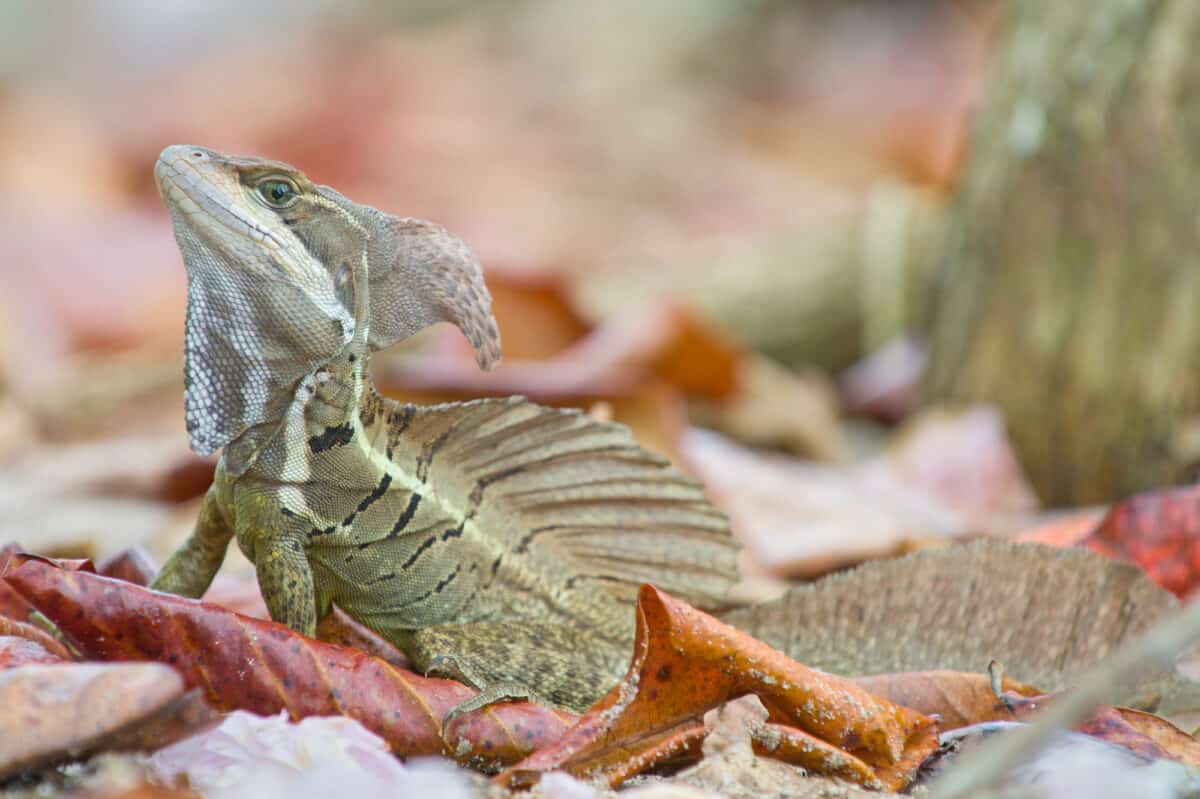
From a scientific perspective, the basilisk’s water-running ability demonstrates principles of both physics and biomechanics. The lizard utilizes a combination of surface tension and hydrodynamic forces. While surface tension (the property that allows some insects to walk on water) plays a minor role due to the basilisk’s relatively large size, the main physical principle at work is the creation of air cavities. Each foot strike creates a bubble or air pocket that temporarily supports the lizard’s weight.
Researchers studying this phenomenon have calculated that basilisks must exert forces up to 15 times their body weight with each stride to prevent sinking. This is comparable to a human having to run at over 65 mph (105 km/h) to achieve the same effect – a feat well beyond human capabilities. The basilisk’s accomplishment has inspired engineers working on biologically-inspired robots and has applications in understanding locomotion on difficult terrains.
Evolutionary Advantages of Water Running
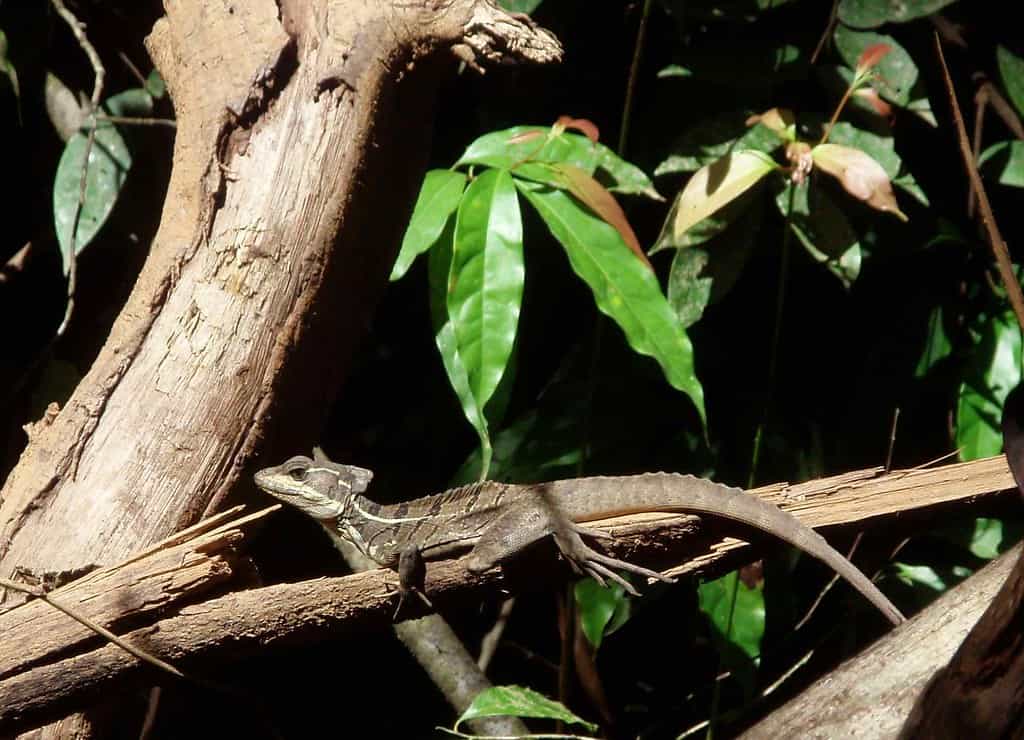
The ability to run on water didn’t evolve as a party trick; it serves a crucial survival function for basilisk lizards. This adaptation provides them with a unique escape strategy from predators. When threatened by snakes, birds, or mammals, basilisks can quickly dash across bodies of water to reach safety on the opposite shore. This gives them access to habitats and escape routes unavailable to many other terrestrial animals.
The water-running ability likely evolved gradually over millions of years through natural selection, with those individuals better able to escape across water having higher survival rates. This adaptation allows basilisks to occupy ecological niches along waterways in rainforests, where they can take advantage of food sources on both sides of streams and rivers while maintaining an effective escape route in either direction.
Habitat and Lifestyle of Basilisk Lizards
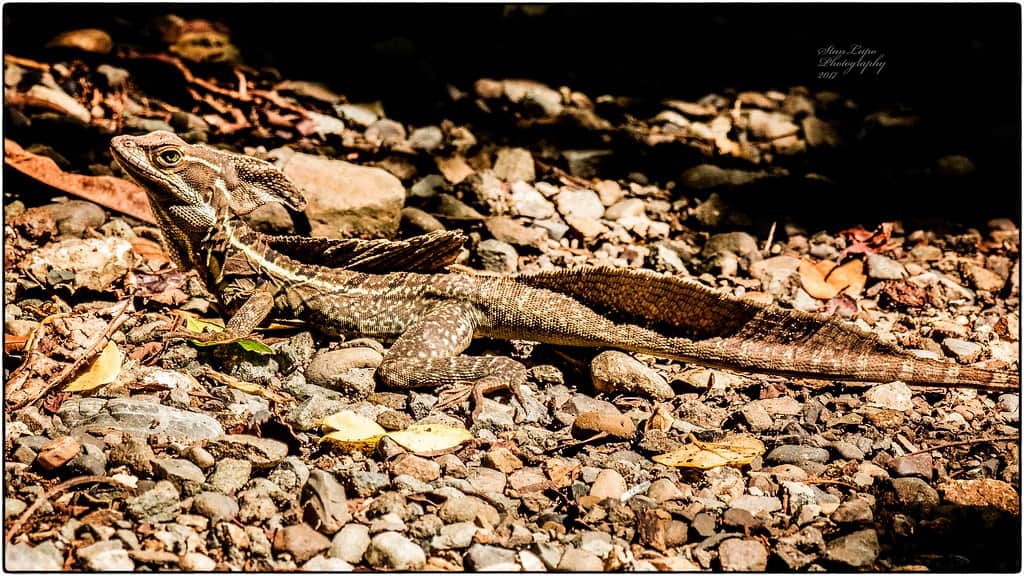
Basilisk lizards are semi-aquatic, living in tropical and subtropical forests near streams, rivers, and other freshwater bodies. They are excellent climbers and spend much of their time in trees and bushes overhanging water, which provides them with both protection and easy access to their water-running escape route if needed.
These lizards are primarily diurnal (active during daylight hours) and omnivorous, feeding on insects, small vertebrates like fish and frogs, and various plant materials including fruits, flowers, and leaves. Their diverse diet reflects their adaptability to life in the rainforest ecosystem.
Basilisks are also strong swimmers when they need to be; if they run out of energy while water running or face a water body too wide to cross by running, they can easily switch to swimming using serpentine movements of their body and tail. This versatility in locomotion – being able to run on land, run on water, swim, and climb – makes them remarkably adaptable creatures.
Comparing Water Running Abilities Among Reptiles
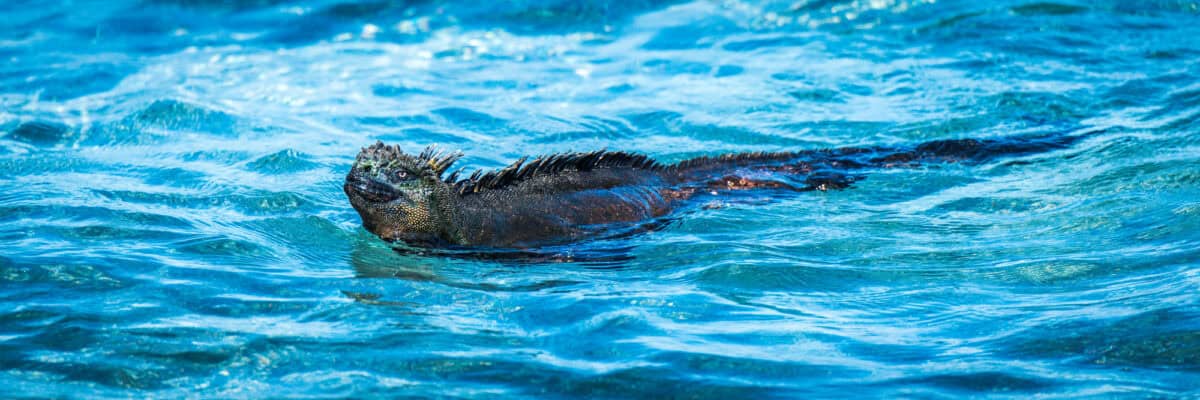
While the basilisk lizard is the most famous water-running reptile, it’s worth noting that no other reptile can match its performance on water. Some other lizard species, such as certain water dragons and iguanas, can briefly run across water surfaces but for much shorter distances and with less efficiency than basilisks. The western fence lizard (Sceloporus occidentalis) can occasionally perform short water sprints, but without the specialized foot structures of basilisks, they quickly sink. Among non-reptiles, the ability to run on water is similarly rare.
Certain birds like the Western Grebe perform “rushing” displays where they run across water surfaces for short distances during courtship. Some insects and spiders can walk on water using surface tension, but this is a different physical mechanism than the hydrodynamic forces used by basilisks. The basilisk’s particular combination of speed, foot structure, and technique makes it truly unique among vertebrates and gives it the crown as the fastest reptile that runs on water.
Speed Records and Performance Metrics

The basilisk lizard’s water-running performance metrics are impressive by any standard. The top speed recorded for a basilisk running on water is approximately 1.5 meters per second (3.4 mph or 5.4 km/h). While this might not sound extraordinary compared to land speeds of some animals, it’s remarkably fast considering the medium. A typical adult green basilisk can run on water for about 4.5 meters (15 feet) before beginning to sink, though some exceptional individuals have been observed covering distances of up to 20 meters (65 feet) in a single water-running burst.
The frequency of their foot strikes is approximately 10-20 steps per second, creating the rapid “slap and lift” motion that keeps them above water. Research has shown that basilisks adjust their stride length and frequency based on their body size, with smaller individuals taking more rapid, shorter strides and larger adults taking longer, more powerful strides to support their greater weight. These performances vary based on factors like the individual’s size, the water temperature (which affects water viscosity), and the presence of water currents.
Human Attempts to Replicate Water Running

The basilisk’s water-running ability has long fascinated humans, prompting both scientific study and recreational attempts to replicate this feat. Scientists have calculated that for a human to run on water using the same mechanism as basilisks, we would need to generate about 15 times more power than our leg muscles are capable of producing. Various technological approaches have been attempted to overcome this limitation. Water-walking shoes with large surface areas have been designed, but these typically still require additional propulsion or buoyancy.
More successful approaches include specially designed water-running boots with fin-like attachments that increase surface area, though these still don’t enable true basilisk-style water running. Researchers in fluid dynamics and robotics have created small robots that can mimic the basilisk’s water-running ability using similar biomechanical principles. These studies not only help us understand the unique adaptations of basilisks but also contribute to developing new technologies for water rescue, amphibious transportation, and even potential military applications.
Conservation Status and Threats
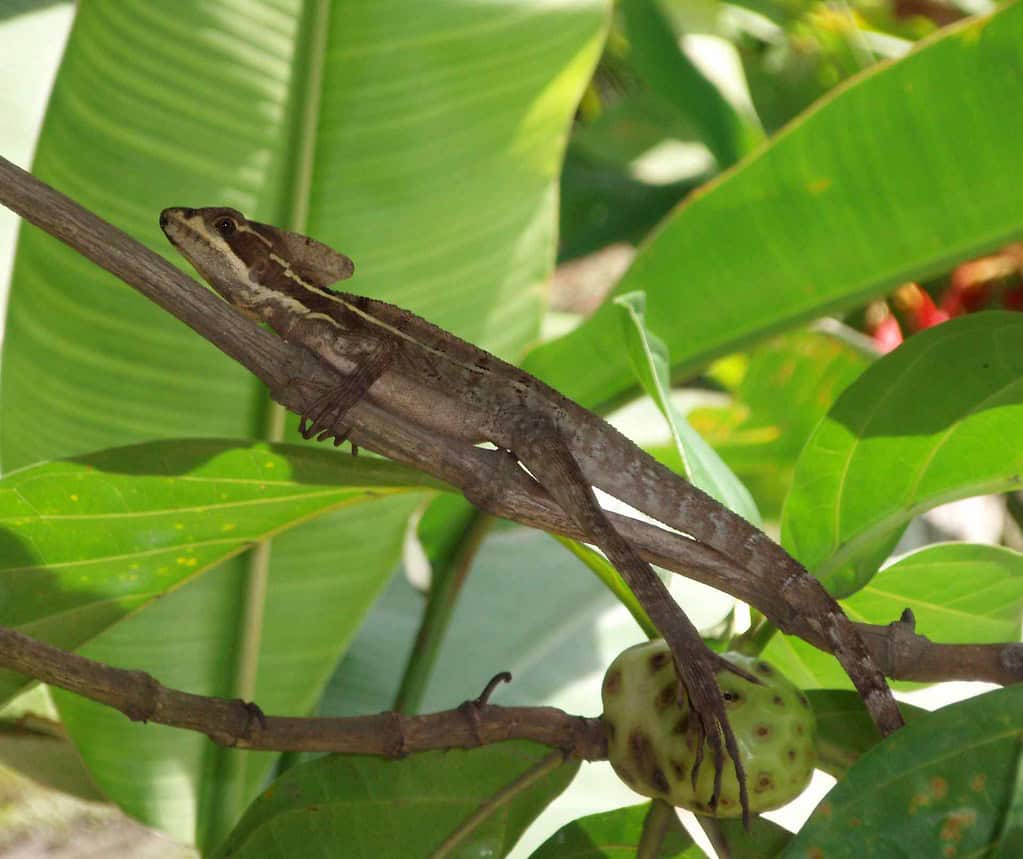
Despite their impressive abilities, basilisk lizards face various threats in their native habitats. While none of the four species are currently listed as endangered or threatened on the IUCN Red List, they face pressure from habitat destruction as tropical forests are cleared for agriculture, logging, and urban development. Water pollution also poses a significant threat, as basilisks depend on clean waterways for both food and their characteristic locomotion.
The pet trade represents another pressure, as basilisks are popular exotic pets due to their unique appearance and fascinating behaviors. While captive breeding programs exist, wild collection continues in some areas. Climate change may also impact these lizards as it alters rainfall patterns and water availability in tropical regions. Conservation efforts for basilisk lizards focus on habitat preservation, particularly protecting waterway corridors in tropical forests, and regulating collection for the pet trade to ensure populations remain stable in the wild.
Cultural Significance and Representation
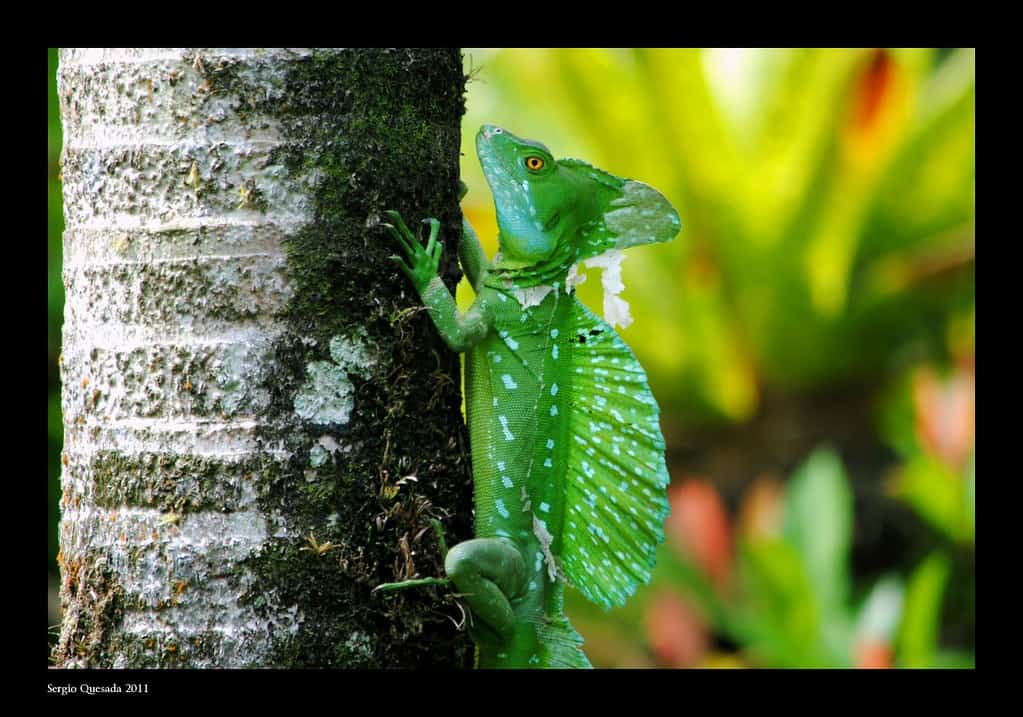
The basilisk lizard has captured human imagination across cultures and time periods. The name “basilisk” comes from the Greek word “basiliskos” meaning “little king,” originally referring to a mythical reptile that could kill with a single glance. While the modern basilisk lizard bears little resemblance to this mythical creature, its crown-like crest may have contributed to the name. The nickname “Jesus Christ lizard” emerged more recently, referencing the biblical account of Jesus walking on water. This name has made the basilisk a popular subject in nature documentaries and wildlife photography.
The lizard has appeared in various media, including nature programs, educational materials, and as inspiration for fictional creatures in fantasy literature and games. Indigenous peoples in the basilisk’s native range often include these lizards in their folklore, sometimes associating them with water spirits or considering them protectors of rivers and streams. The basilisk’s water-walking ability continues to inspire awe and interest in people worldwide, making it an ambassador species that helps generate public interest in reptile conservation and tropical forest ecosystems.
Keeping Basilisk Lizards as Pets

For reptile enthusiasts, basilisk lizards represent an exotic and fascinating pet option, though they require specialized care. Captive basilisks need large enclosures (at least 4ft x 2ft x 4ft for a single adult) with both terrestrial and aquatic areas. The aquatic section should be large and deep enough for swimming, while the terrestrial area requires branches and plants for climbing and basking. Maintaining proper temperature gradients (75-85°F with basking spots of 90-95°F) and humidity levels (70-80%) is crucial for their health.
Diet in captivity should mirror their wild omnivorous habits, including crickets, mealworms, and other insects supplemented with dark leafy greens and occasional fruits. Basilisks are generally not considered beginner reptiles; they can be skittish, prone to stress, and their water-running escape instinct makes them challenging to handle. Potential owners should also verify local regulations, as keeping exotic reptiles may be restricted in some regions. Responsible ownership includes purchasing captive-bred specimens rather than wild-caught individuals to reduce pressure on wild populations. While basilisks can live 7-10 years in captivity with proper care, most will never perform their famous water-running behavior in typical home enclosures due to space limitations.
Conclusion: Nature’s Remarkable Water Walker
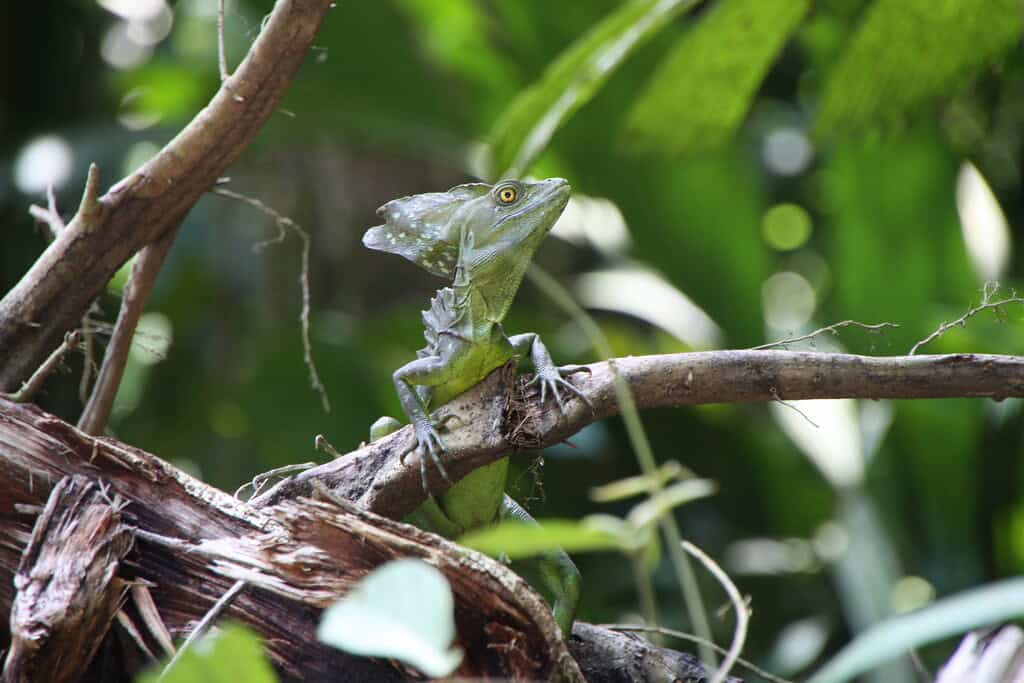
The basilisk lizard stands as one of nature’s most extraordinary examples of specialized adaptation, showcasing evolution’s capacity to develop remarkable solutions to survival challenges. Its ability to run on water represents a perfect convergence of specialized anatomy, physics, and evolutionary pressure resulting in a locomotion method that continues to fascinate scientists and nature enthusiasts alike.
As we continue to study these remarkable reptiles, they provide valuable insights into biomechanics, fluid dynamics, and the diverse ways animals adapt to their environments. The basilisk’s water-running prowess reminds us that even in our age of technological marvels, nature’s innovations often surpass human engineering in elegance and efficiency. By appreciating and protecting these unique creatures and their habitats, we preserve not only an evolutionary marvel but also future opportunities to learn from one of nature’s most impressive biomechanical feats – the fastest reptile that truly can run on water.
- Narwhals Use Their Tusks to Stun Fish - August 16, 2025
- Fastest Reptile Runs on Water - August 16, 2025
- Why Some Animals Hold Funerals for Their Dead - August 16, 2025

